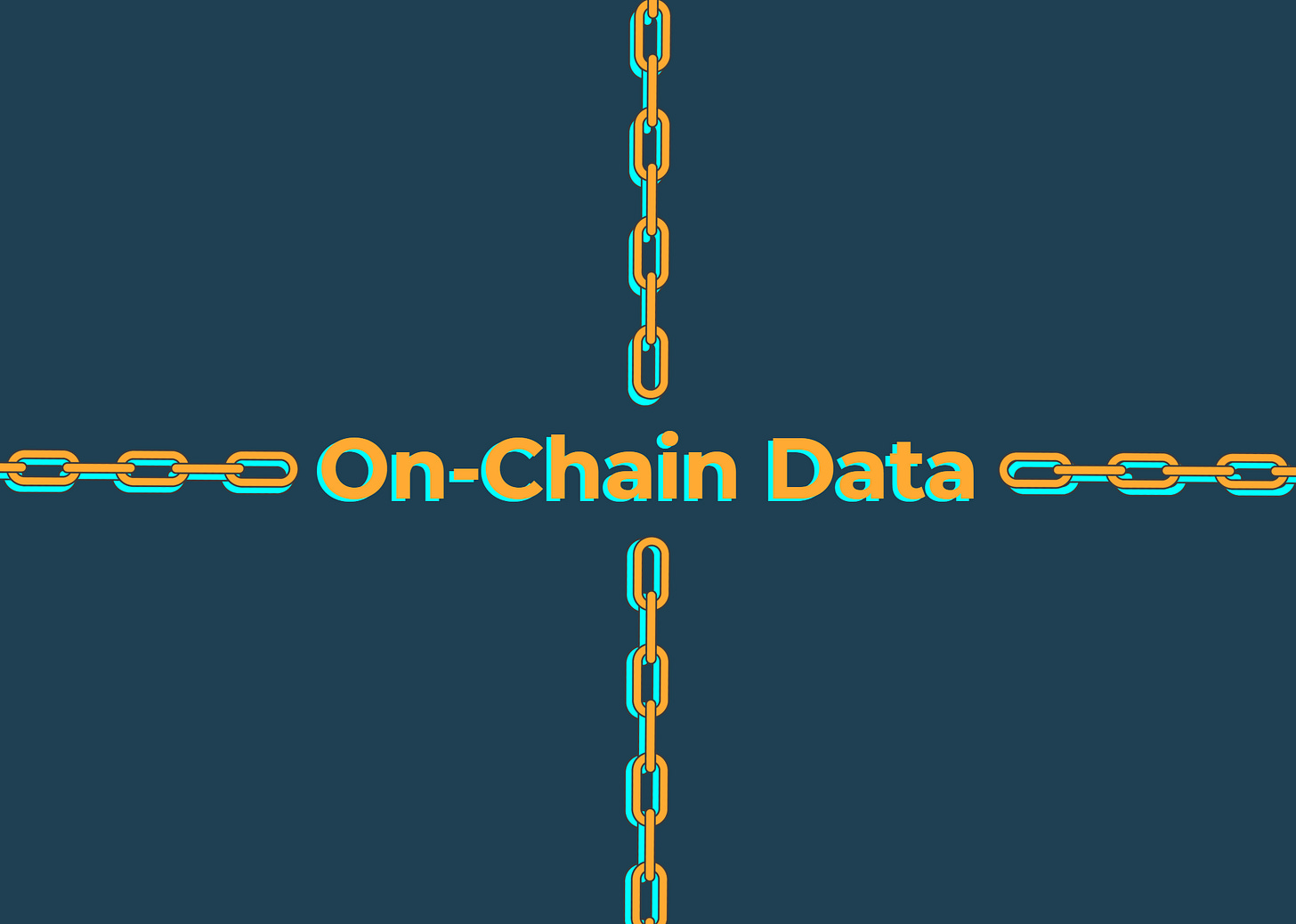Using On-Chain Data as Trading Signals
The blockchain is your friend! Keep track of major addresses and organizations to inform trading decisions.
Everyone knows that transactions on (most) blockchains are fully visible and auditable by the public, but how many of you actually use this information to aid your decision-making process when entering and exiting trades?
In this post we’ll dive into some easy ways to monitor major accounts, funds, and organizations on the blockchain to get a glimpse into the actions of whales.
Note: none of the following should be construed as financial advice. Trading cryptocurrencies is incredibly risky, and you should never risk more than you can afford to lose.
Alert! Alert!
The vast majority of cryptocurrencies are ERC tokens, meaning that they exist as assets on the Ethereum blockchain. As such, you can use a block explorer such as Etherscan to keep track of wallets, contracts, and miners to get a glimpse into on-chain activity.
By creating an account and linking it to an email address, you can receive email notifications whenever a specific address executes a transaction or moves funds around. You can also keep track of smart contracts, such as the contract for Uniswap where you can observe every transaction made through the contract.
You can set custom notification conditions such that you only get alerts in specific circumstances, such as when a watched address transfers ETH (and not ERC tokens), and much more. These alerts can help you keep an eye on whales, major crypto funds, and more - if they’re buying or selling something in considerable size, they might know something you don’t.
However, it’s important to note that the Ethereum blockchain and decentralized applications are a player-vs-player environment where highly sophisticated actors use bots to front-run major transactions in an effort to profit from price movements due to the mechanics of an automated market maker (AMM). These actors are often incredibly intelligent and are likely linked to institutional trading firms with access to world-class talent, so don’t go thinking you can outsmart them on your own.
If you don’t understand what this means, don’t worry - it’s all quite complex, and this post is not about such topics as there are plenty of better resources out there.
However, email alerts are only the tip of the iceberg when it comes to block explorers. Professional traders and advanced trading bots will connect to Etherscan via its application programming interface (API) which allows bots to glean significantly more information that what the Etherscan UI affords.
The API is Your Friend
If you’re a programmer, connecting to the Etherscan API is relatively simple (learn more here) but once you’ve obtained an API key, you can write simple scripts on your computer that can scan the mempool for pending transactions, observe transactions across various DeFi protocols, and much more.
Due to arbitrage, the price of an asset on a decentralized exchange such as Uniswap is likely to stay in line with the price of the same asset on a centralized exchange such as Binance. However, the spread between these two assets won’t approach parity immediately.
Say a major DeFi protocol decides to buy $10m worth of token $XYZ on a decentralized exchange. They’ll likely execute this purchase in smaller batches to prevent slippage, but they will still likely purchase in size to prevent having to execute thousands of small transactions over time, where gas fees will exceed the potential slippage.
If you are watching this protocol and see them start executing batch orders on $XYZ, you can create a bot that will also purchase $XYZ with the expectation that such large buys will create a local bottom in price, and sell shortly after the batch orders have ceased.
This is a very naïve strategy, but it is an example of how you can utilize the block explorer to execute a valid trading strategy.
Dashboards, Dashboards, Dashboards
There exist other tools for keeping an eye on everything in the cryptosphere, particularly dashboards such as Nansen or Dune. These dashboards are often built by the community to keep track of things such as DeFi protocol treasuries, NFT projects, and much more. If you possess a bit of SQL knowledge, you can easily start creating dashboards on Dune (a free service with which we are unaffiliated) to keep track of specific contracts and wallet addresses.
These data visualization tools can not only make it easier to (literally) see what is happening behind the scenes, but can also be used as inspiration for trading bots.
Dune’s query results are public, meaning you can see what people have built and the code they’ve written in order to build it. From here, you can easily mimic their methods (don’t publish without attribution) that you think might be useful trading signals, such as an influx of capital into a new liquidity pool.
It’s completely reasonable to keep an eye out for newly created tokens that receive an influx of stakers in liquidity pools (be very careful with this) and to purchase a small amount of such token in the hopes that this new token will pump. Of course, most new tokens are scams and/or honeypots (tokens that cannot be sold) so you must be exceptionally careful in executing such a strategy, but it is definitely not unheard of for many traders to do such a thing.
Integration with ArcTaurus
It is definitely in our goals to integrate the Etherscan API with ArcTaurus such that you can create custom queries to use the blockchain explorer itself as a tool to aid your trades. Stay tuned for more information regarding this integration.
In the meantime, stay safe out there, trade wisely, and see you next time!
If you have any questions, feel free to pop into our Discord server to ask either the community or ArcTaurus team for advice. You can also reach us on Twitter, Instagram, or via email at info@arctaurus.com.

